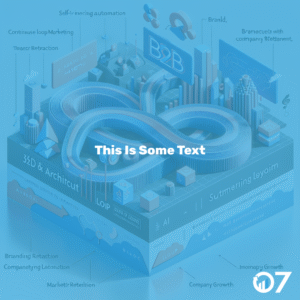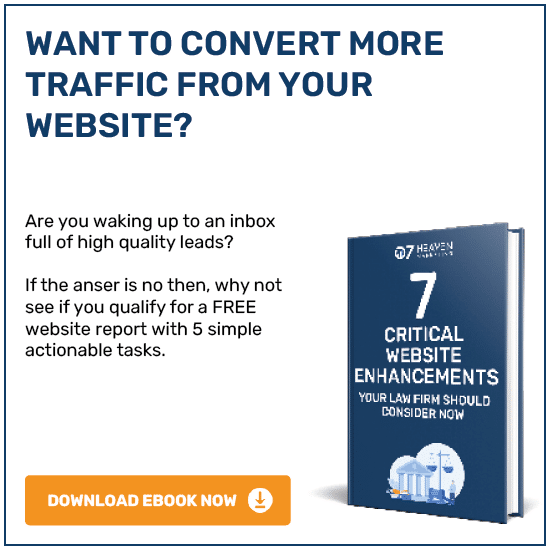When it comes to getting the most out of your blog, formatting is your best friend.
Although your content should always be produced with your audience and potential customer’s needs in mind, you also need to consider how search engines will interact with your blog pieces.
To optimise for your readers, keep the following tips in mind:
- White space is important – it removes the clutter, allowing the reader to focus clearly on the content.
- Use Paragraphs – No-one likes to read pages of dense text; it makes it hard to digest and engage with. Splitting your writing into smaller paragraphs makes the post feel manageable and accessible.
- Label each section – Use headers, bullet points and numbered lists to break down and highlight your points.
- Bold important text – any titles and key information should be made to stand out with bold text, this will catch the eye of your readers, making it easier to follow the structure and skim the piece to understand the key content.
- Include images – We find images easier to interact with then text, which is why they are so widely used, using them in your blog pots will entice your audience to read your content. It will also help to break up the text like white space does. Remember, the image should be related to your blog content otherwise your reader will find it misleading.
To optimise for the search engines, focus on your long tail keyword.
A long tail keyword is a set of three or four key words that describes the specific topic that you are writing about. For example, instead of ‘blogs’ or ‘blog posts’ which are key words, a long tail keyword would be ‘blog posts writing guide’ or ‘blog promotional techniques’ .This added context allows search engines to match search queries to answers and judge the value of each webpage’s content.
But remember, search engines don’t read every word, they scan to understand your writing topic and if it can be trusted.
To make sure the search engine understands and trusts your blog post, you need to use your long tail keyword in the:
- Page title
- URL
- Post title
- Image alt text – (text behind images)
- Body of text
- Headers
The long tail keyword can be broken up or substituted with synonyms and will still be recognised by the search engine, so there’s no need to continuously repeat them in full.
Make sure you also include relevant internal and external links throughout your post. Internal links will drive traffic to your other existing content and external links prove your writing has been well researched, however, these should be limited to avoid diverting traffic away.
For further insights and guidance, we invite you to explore our blog at 07hm.co.uk/blog. Here, you’ll find a wealth of information tailored to the needs and challenges of SMEs navigating the digital landscape. Additionally, if you have specific questions or need personalised advice, don’t hesitate to reach out to us via email at info@07hm.co.uk or telephone on 01702 410663.






